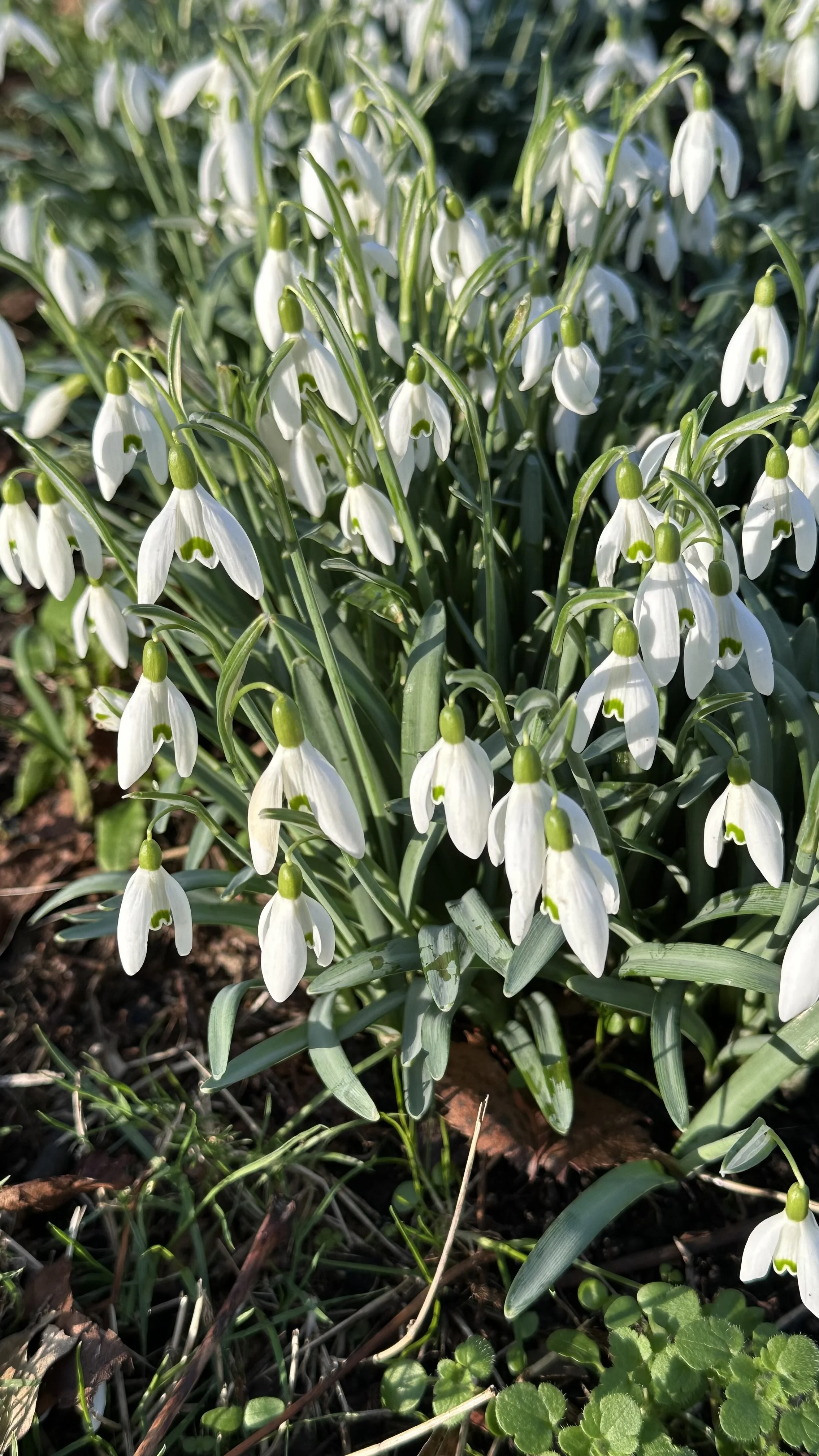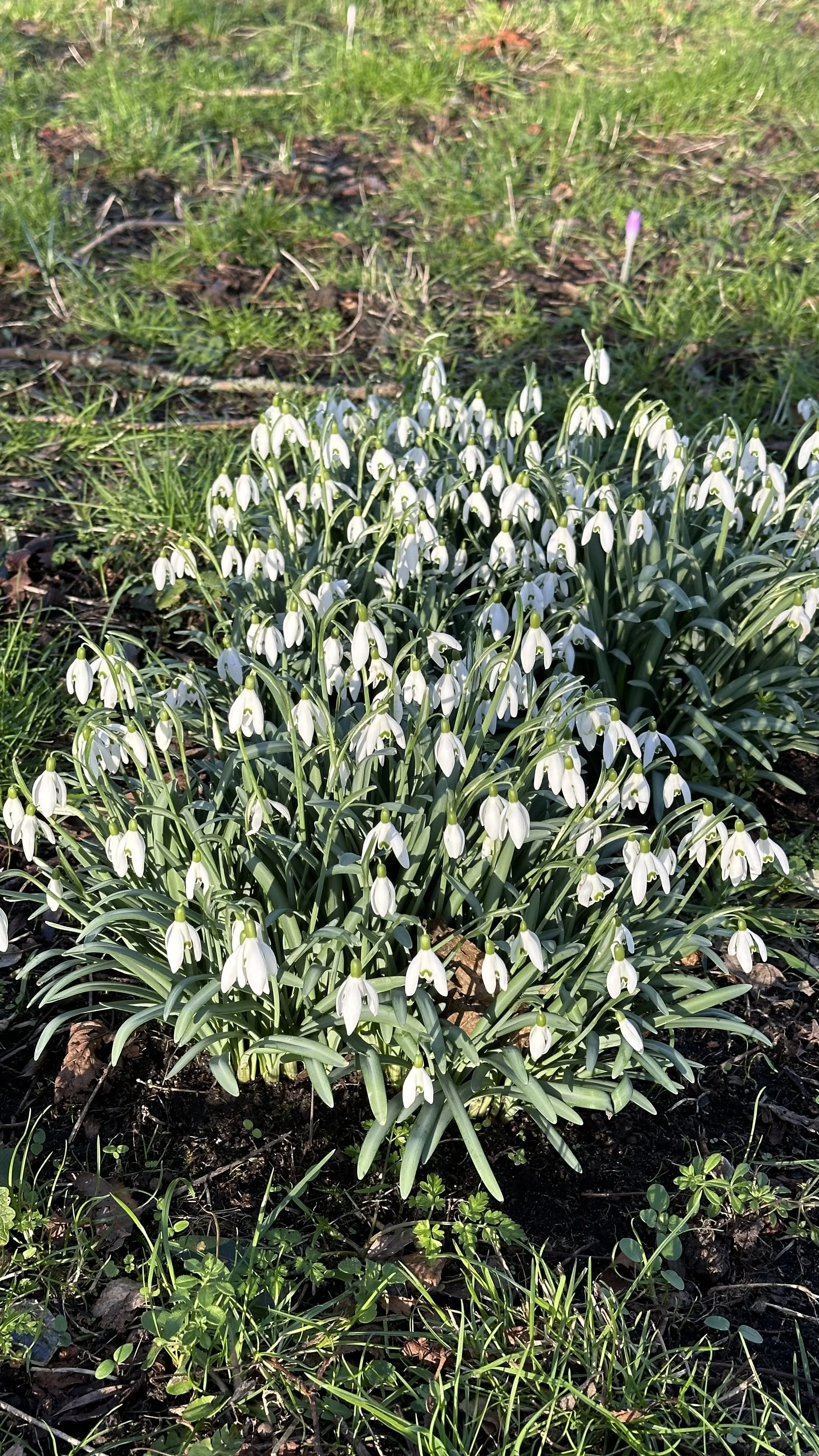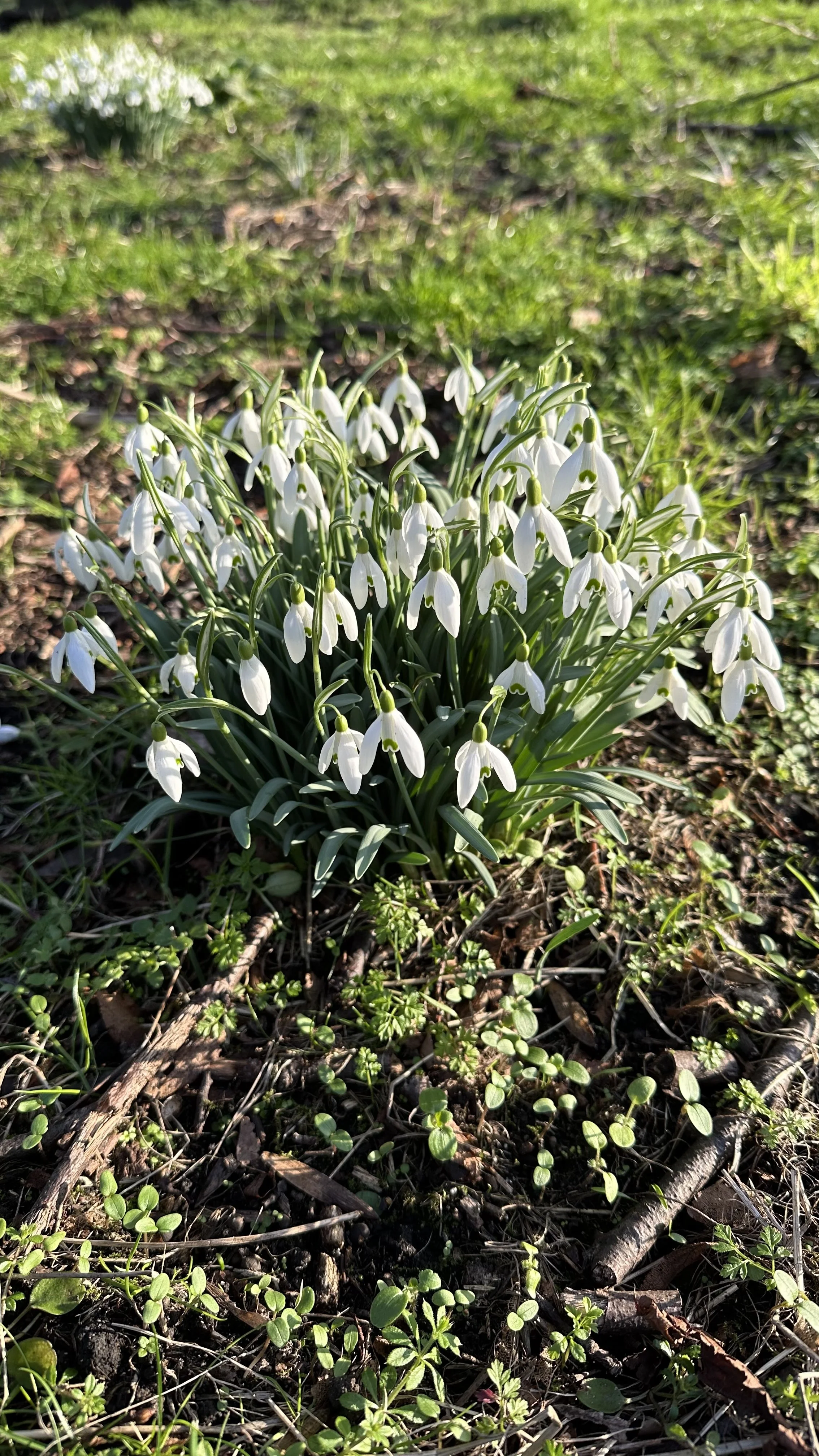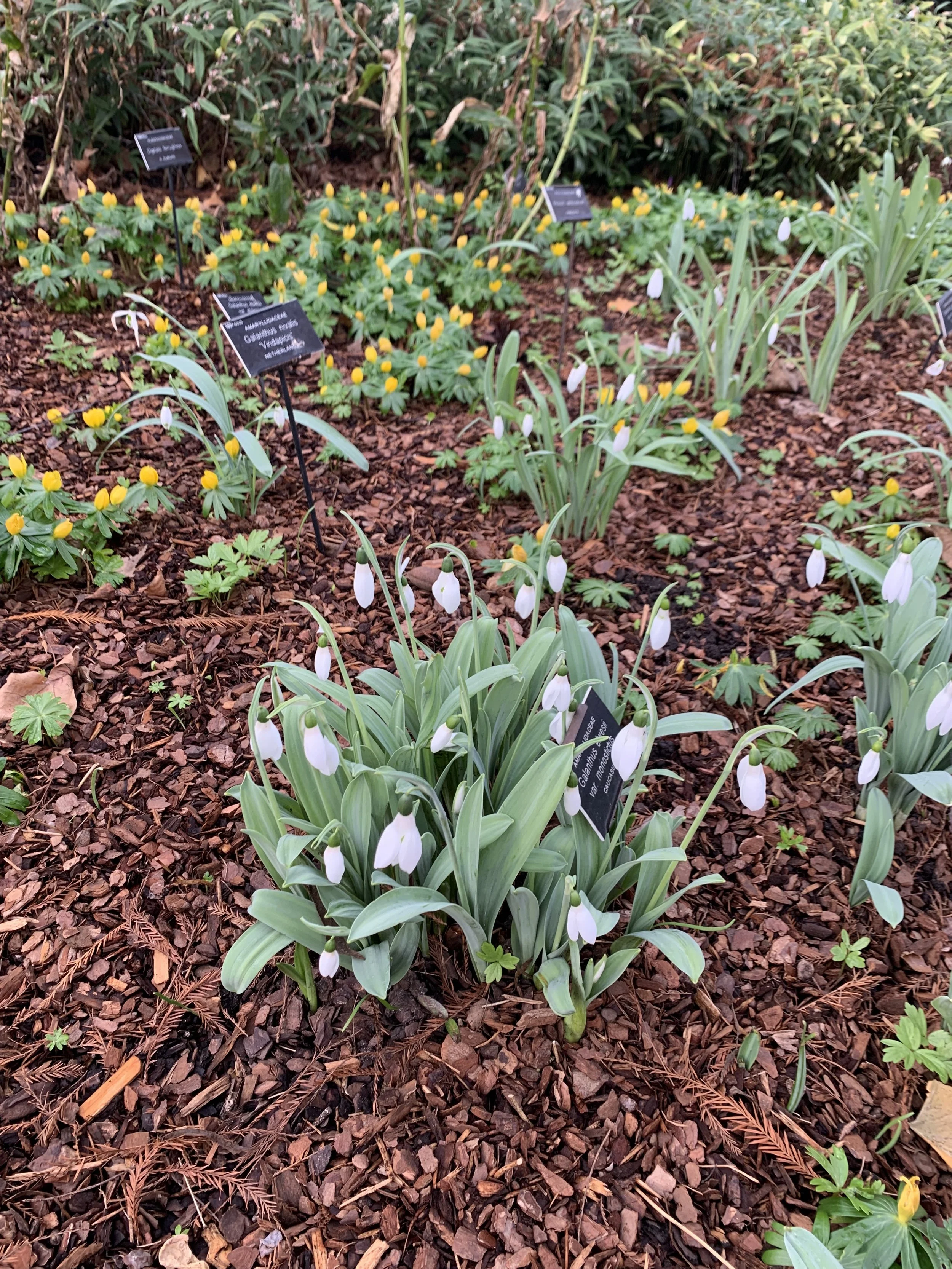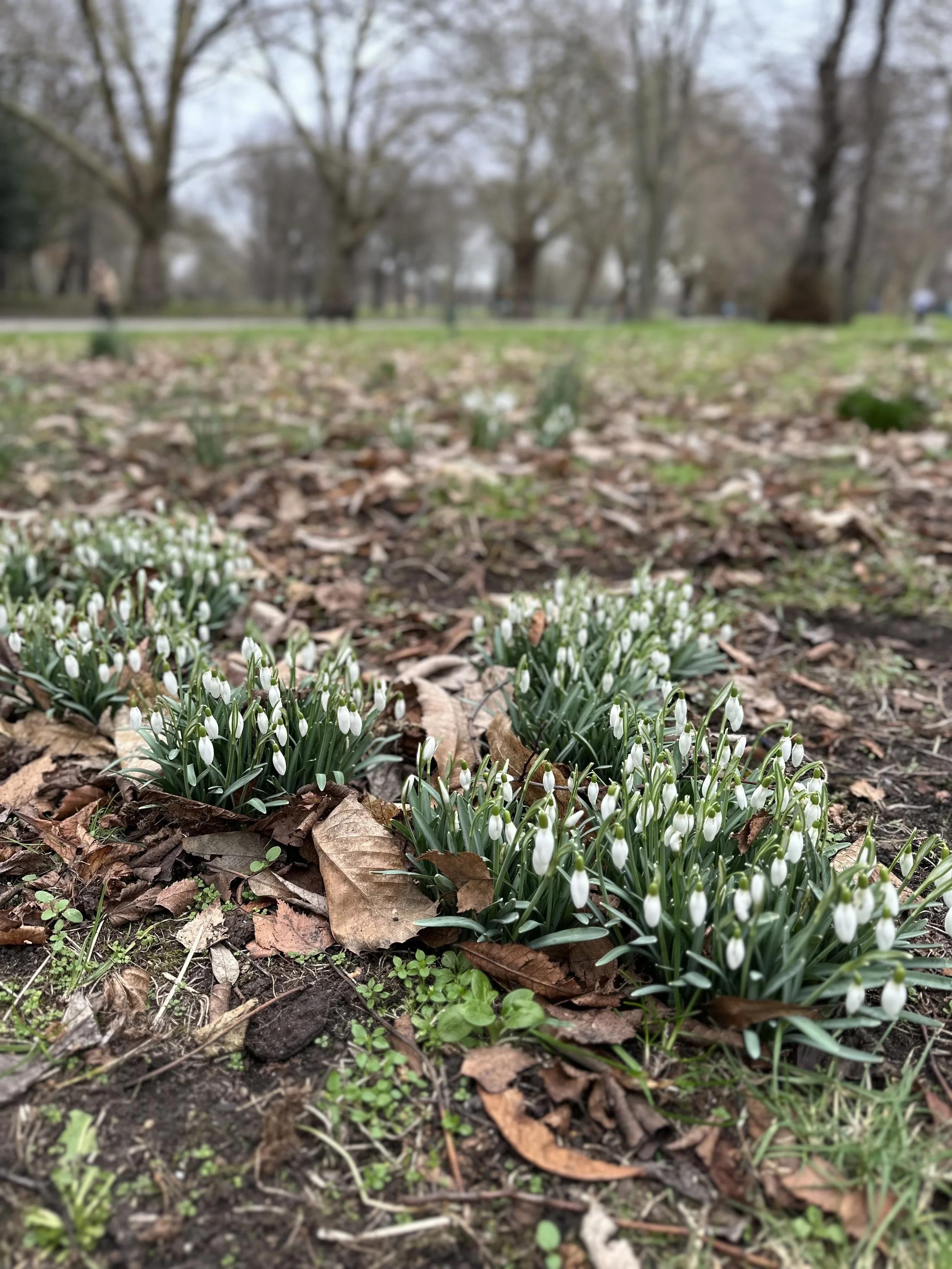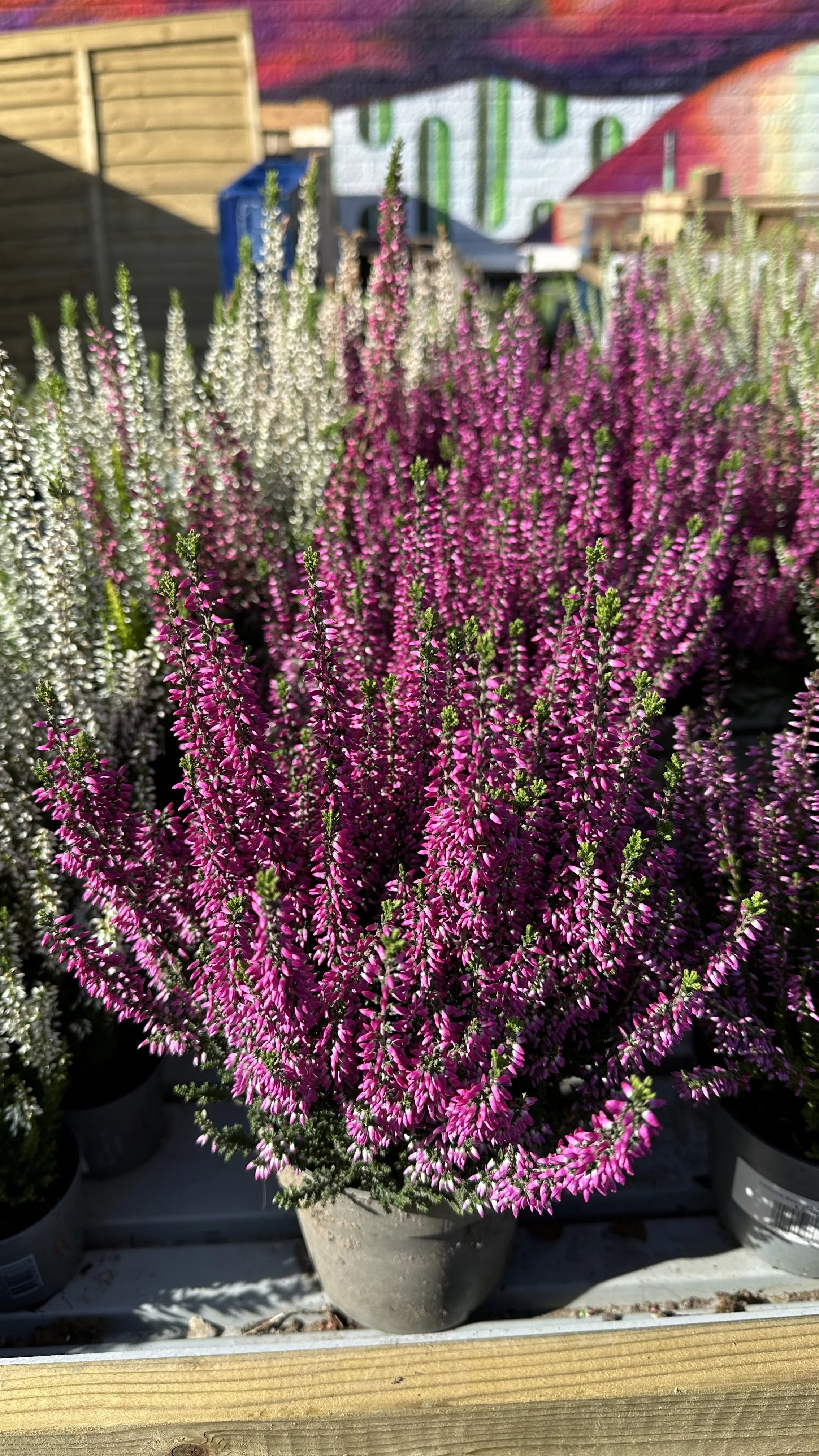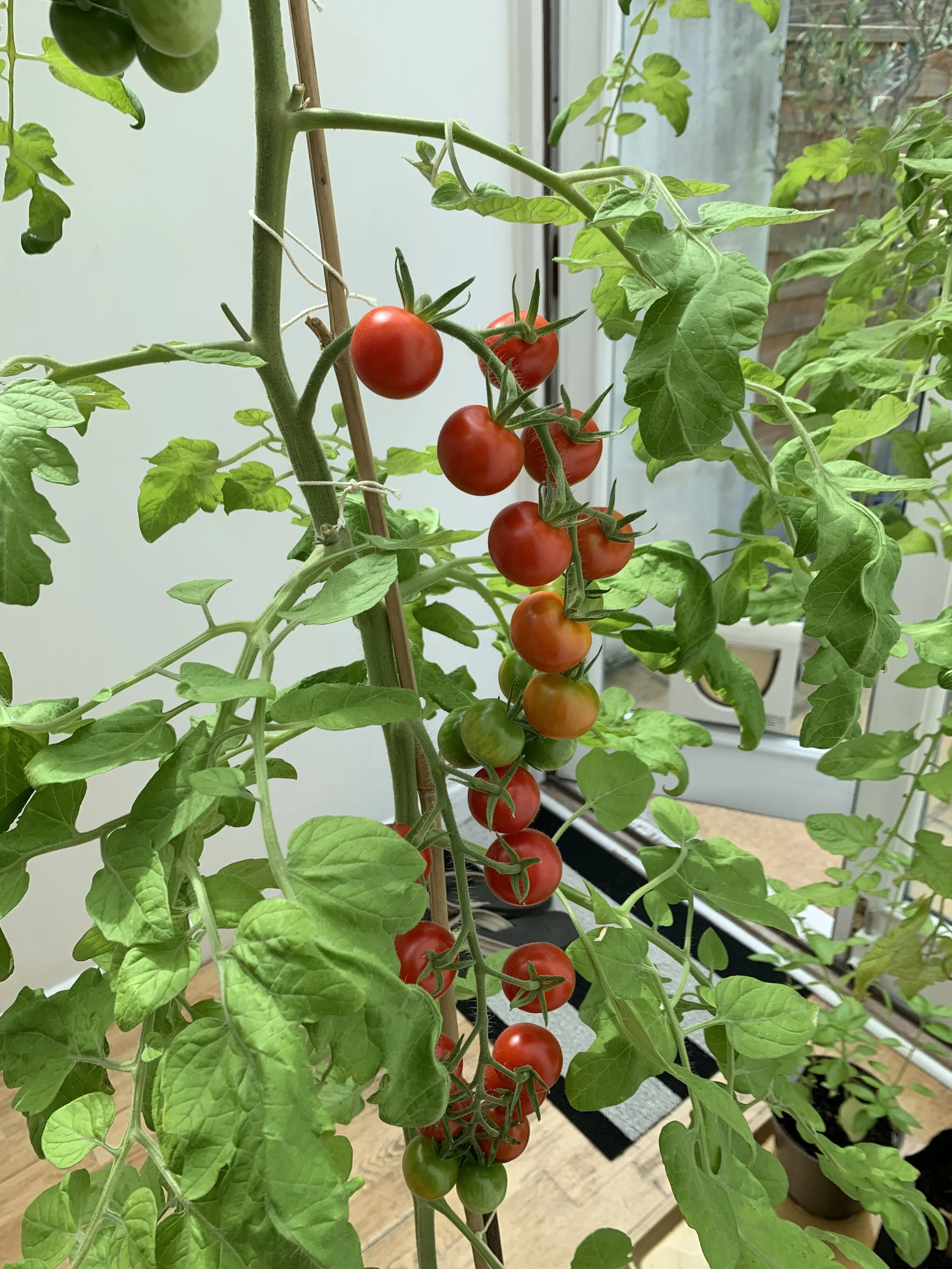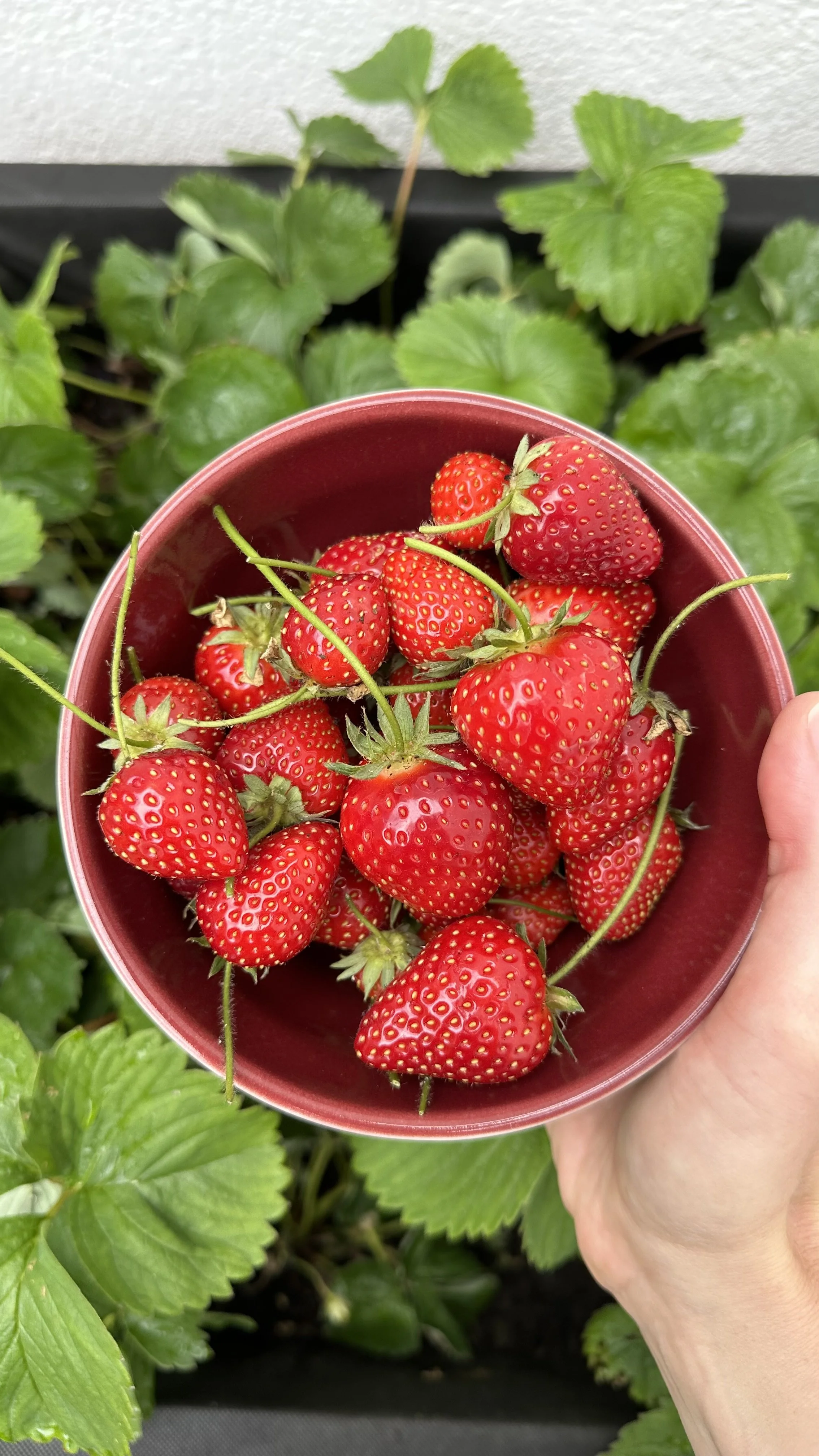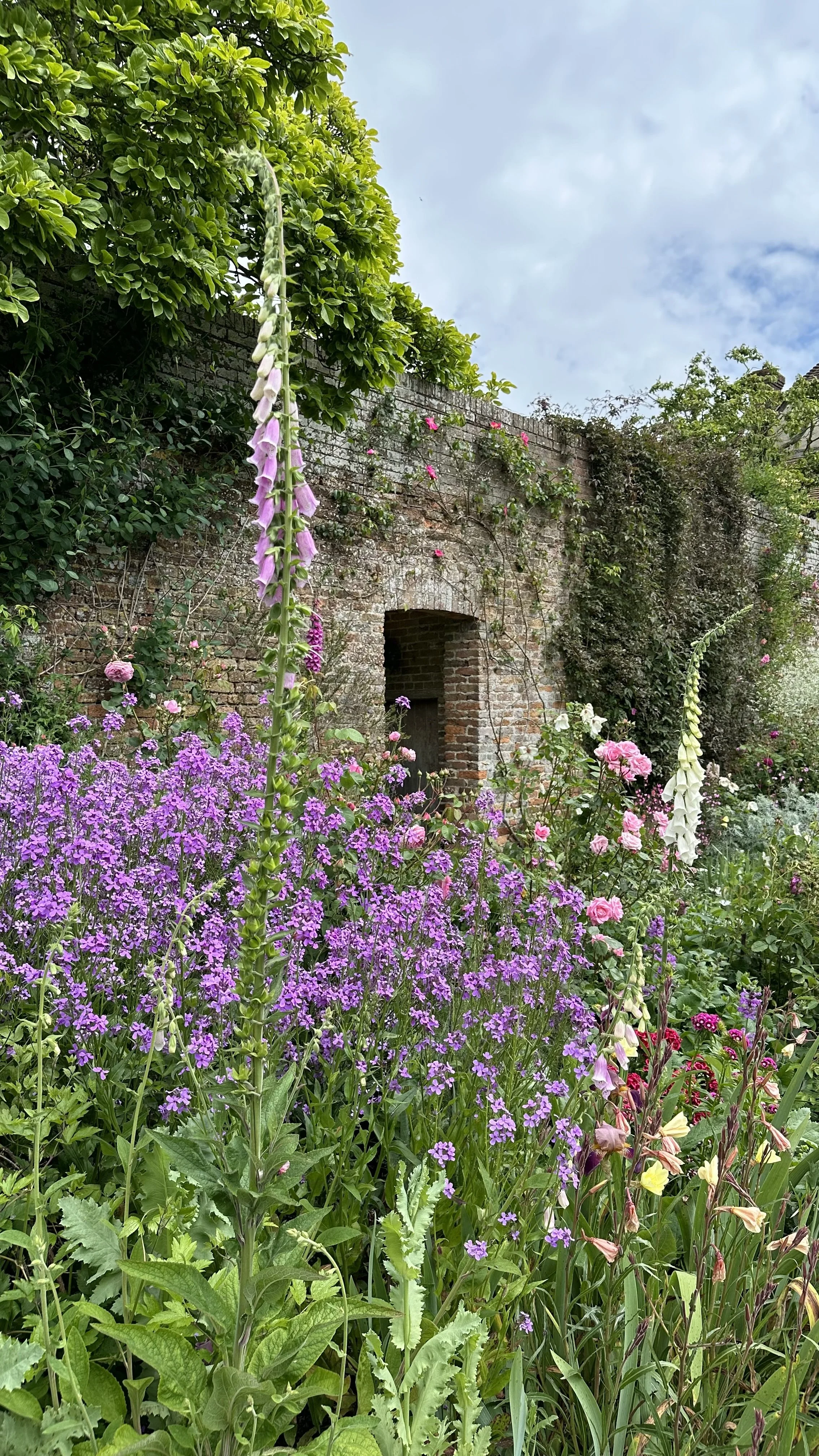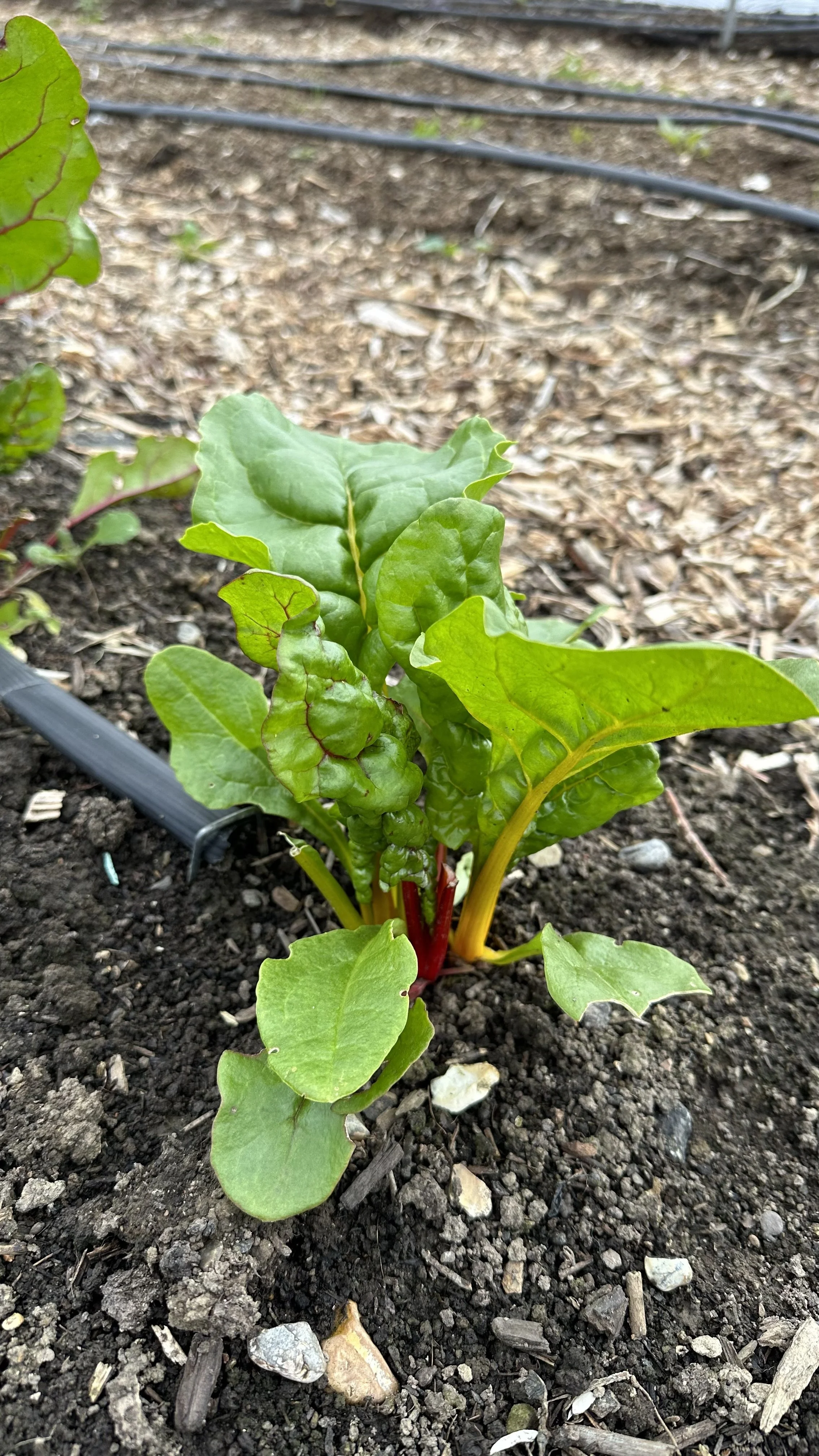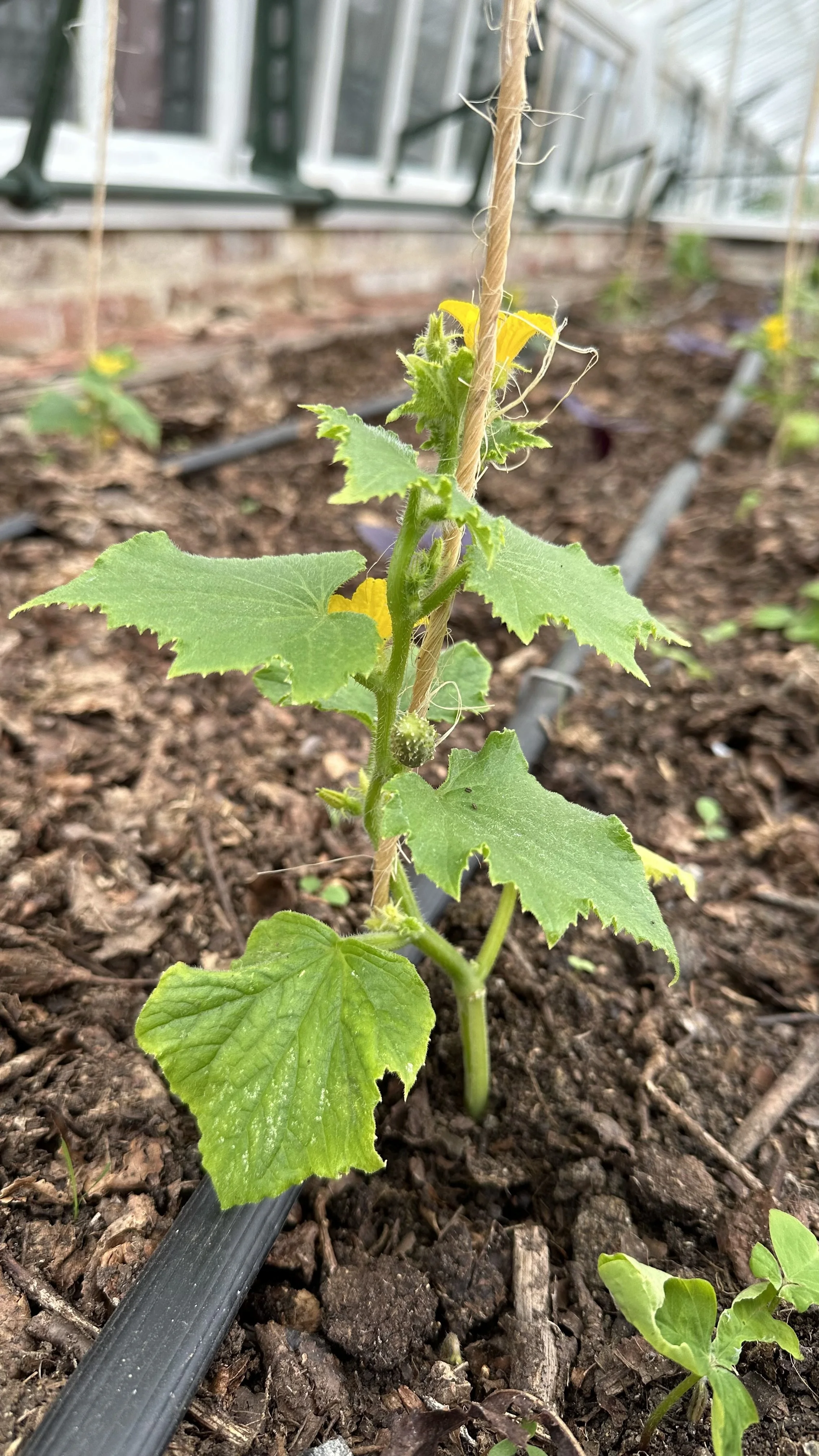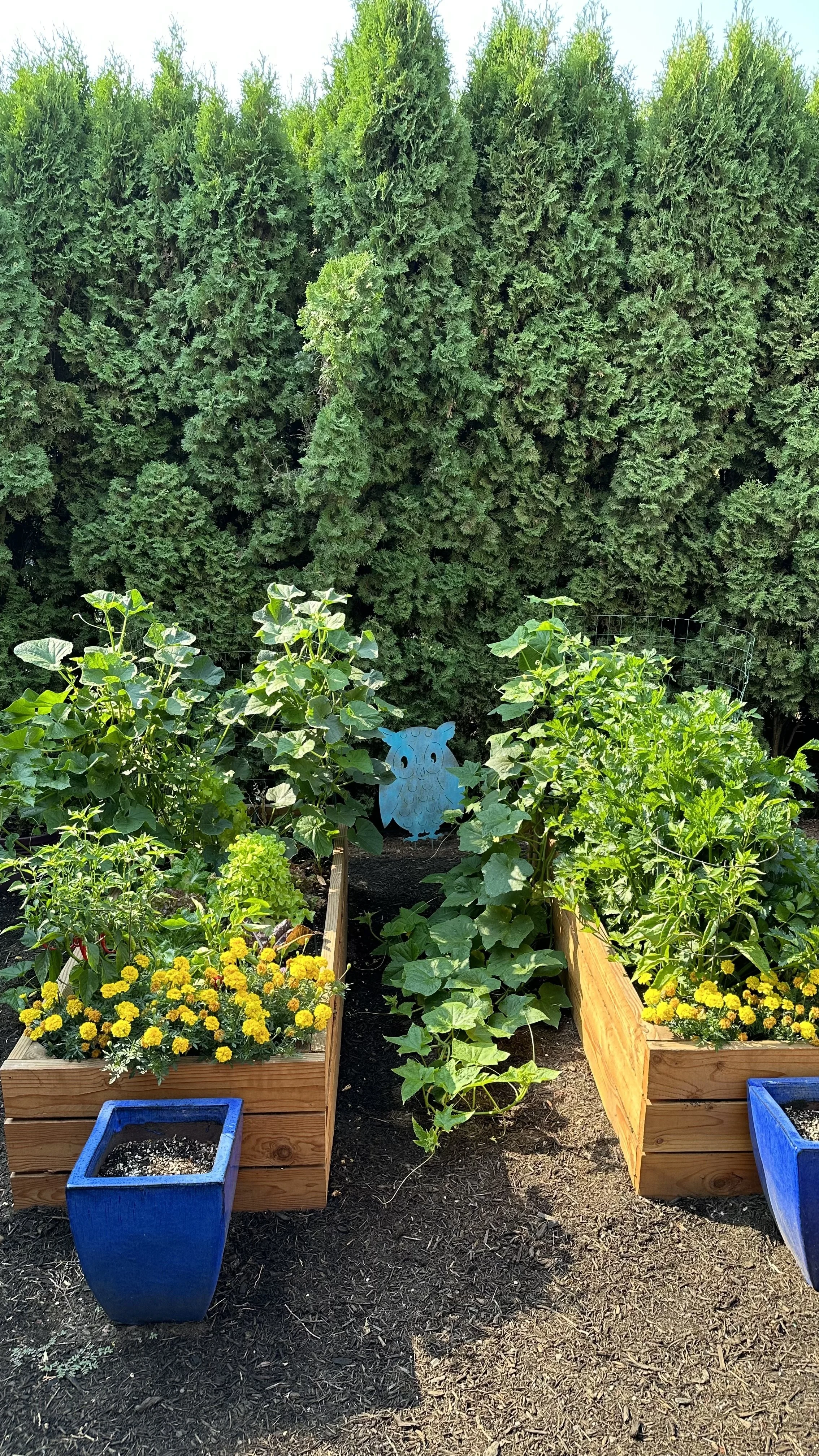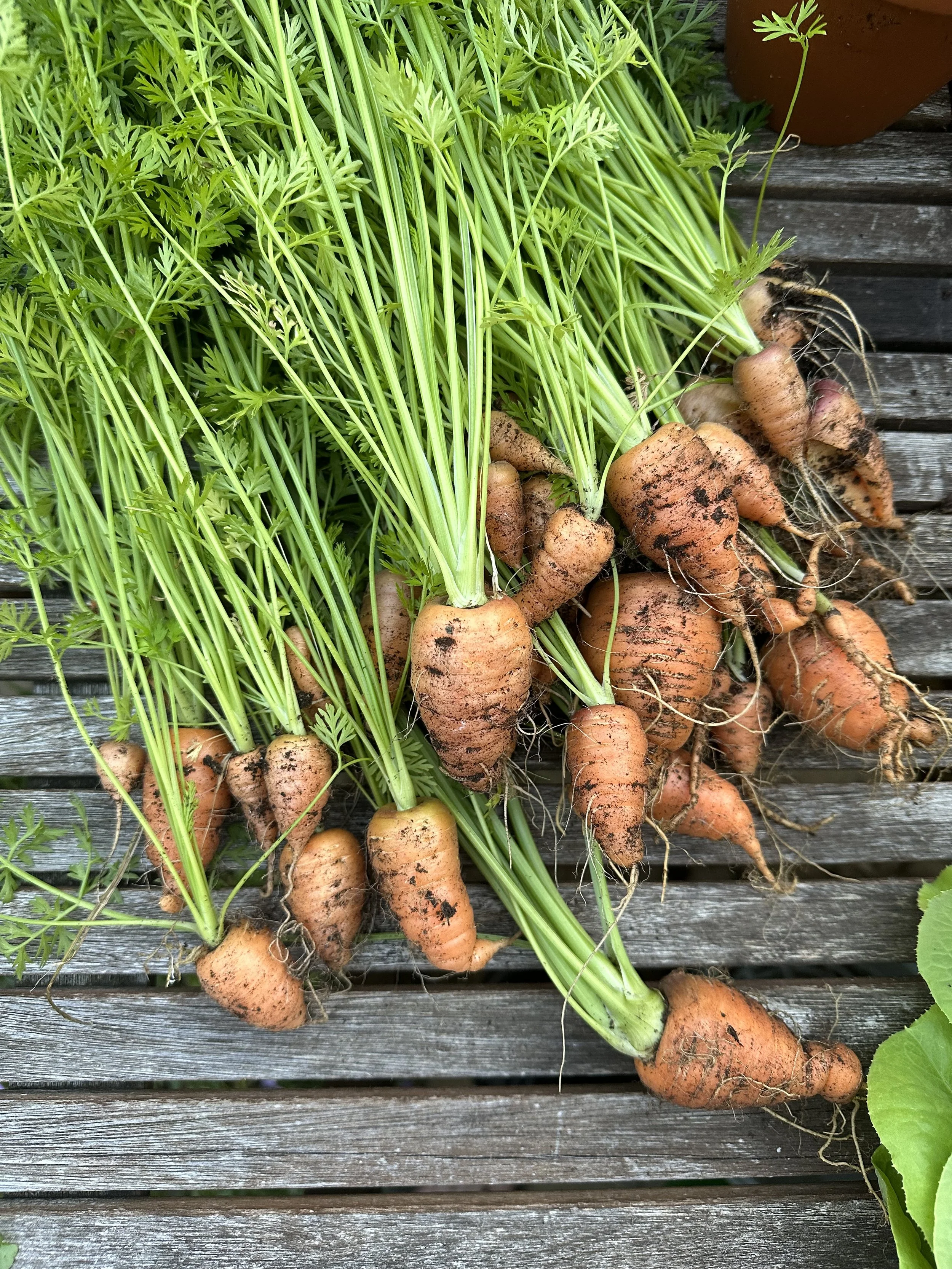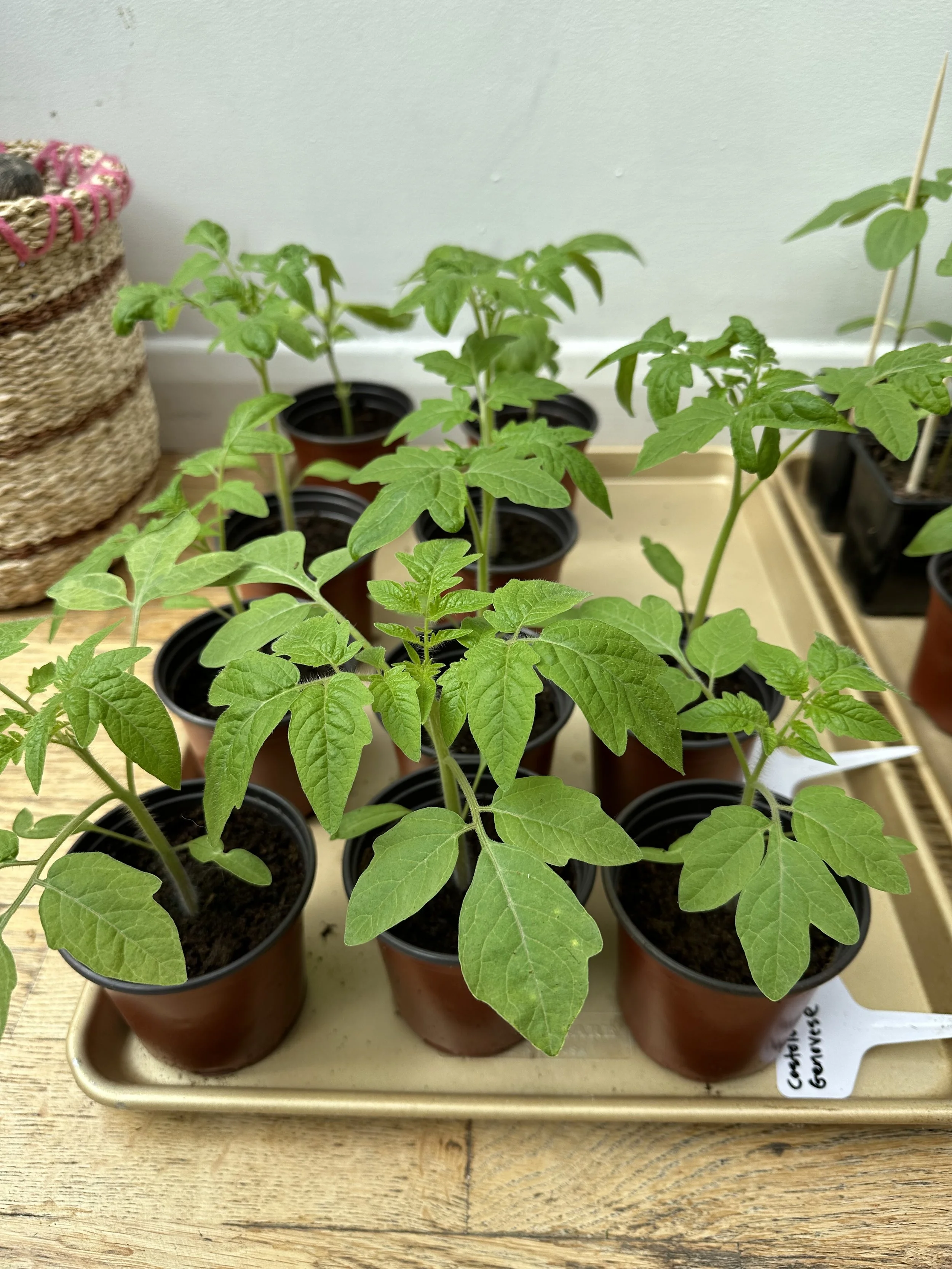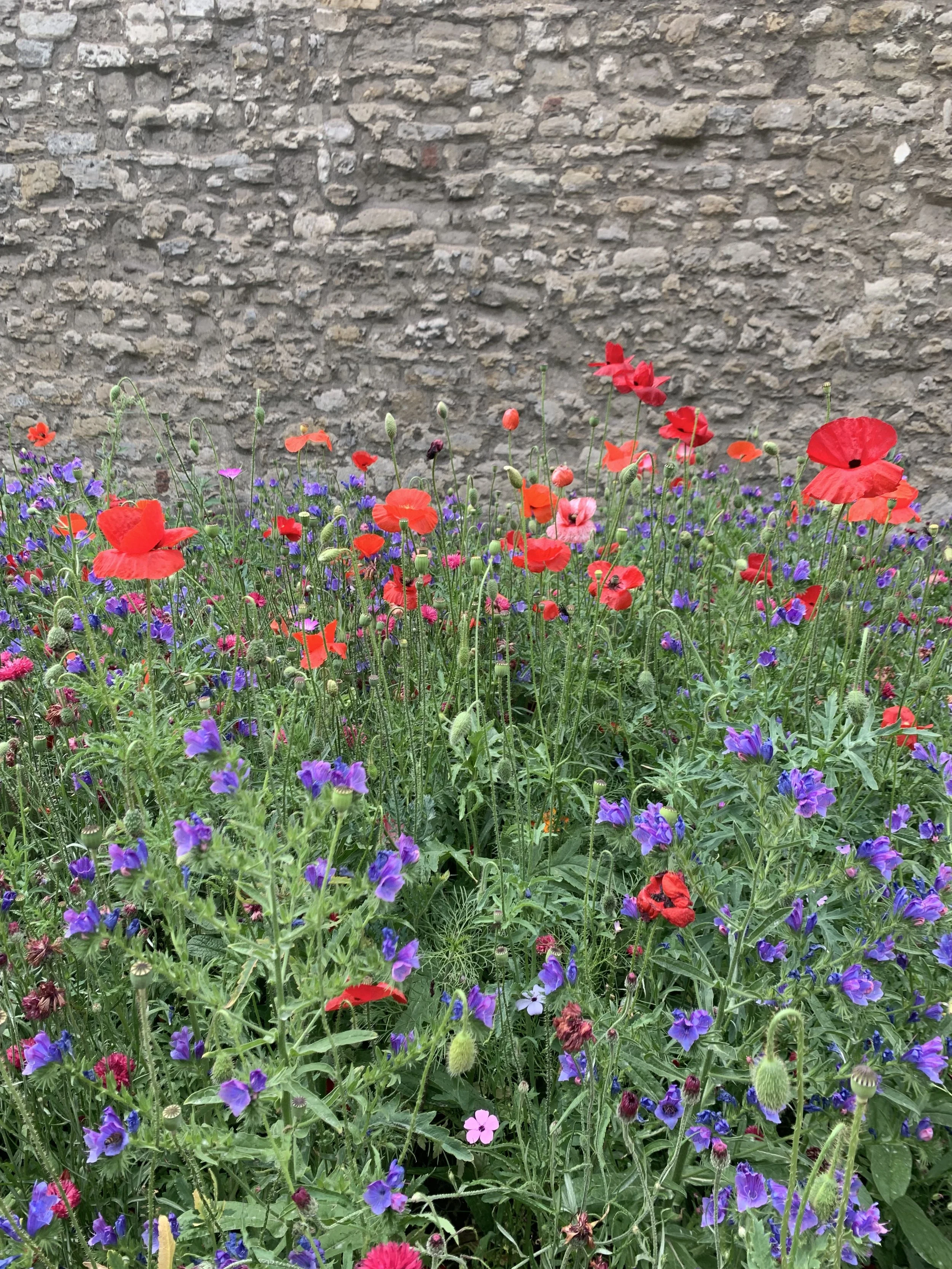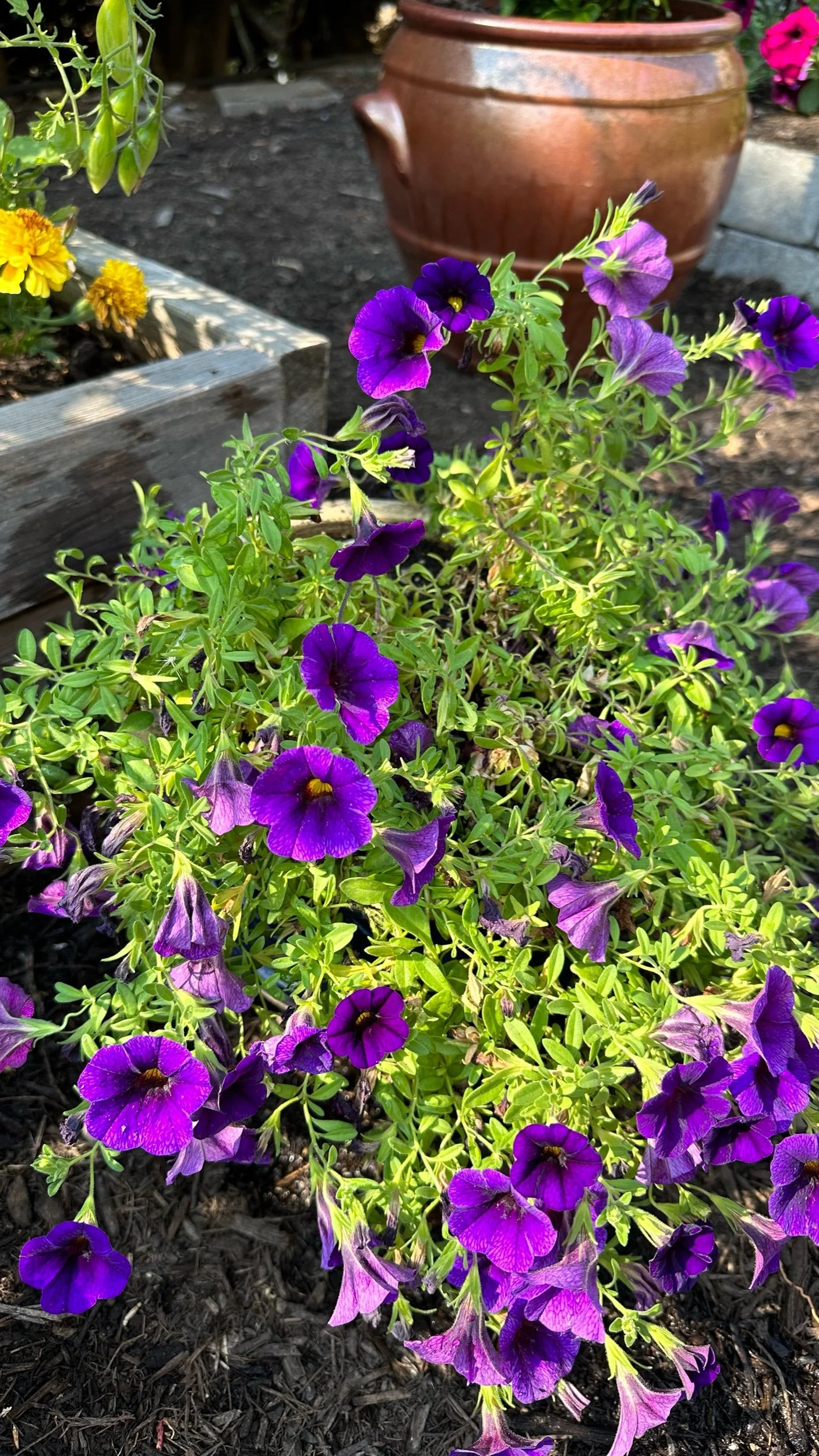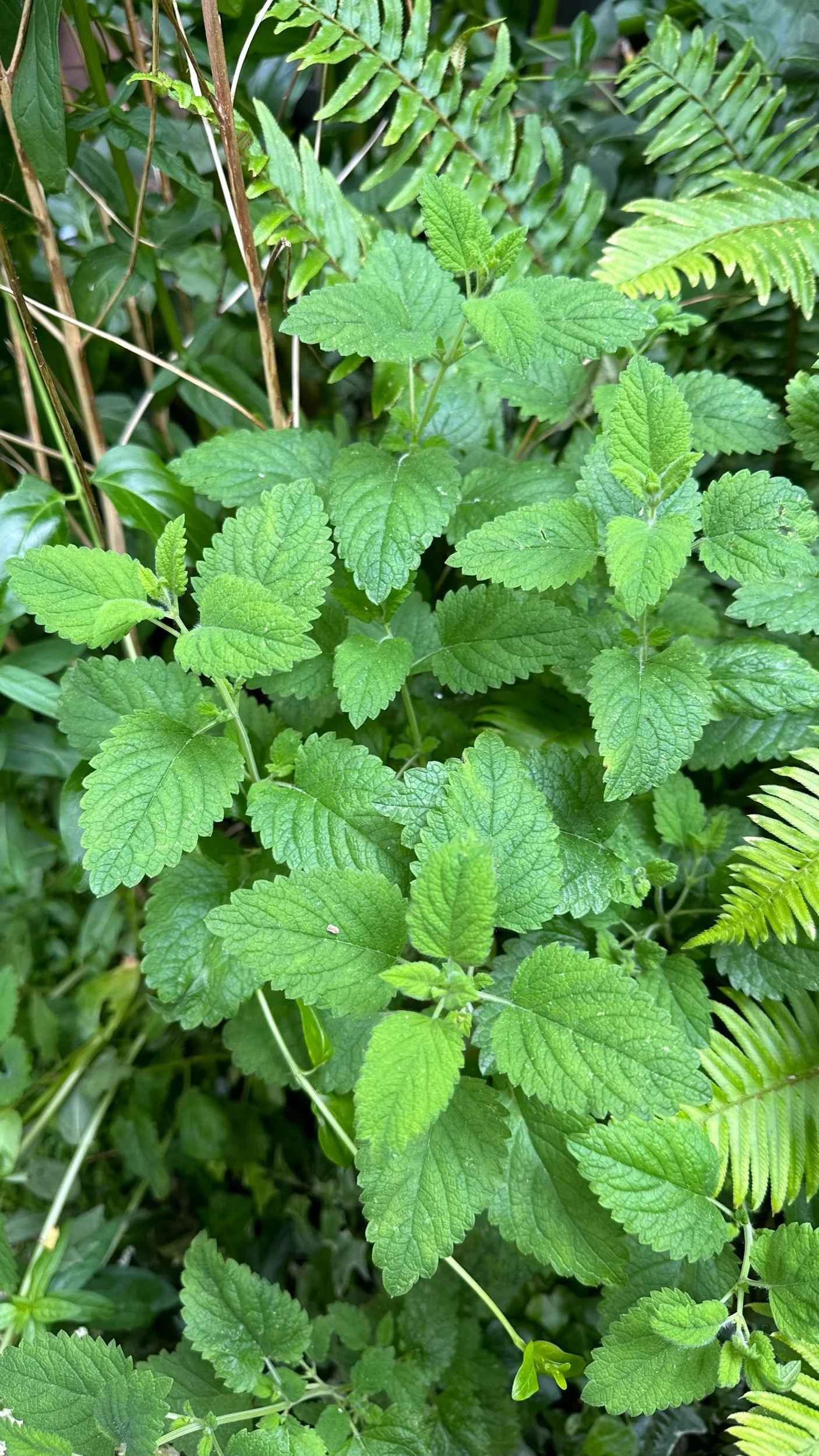The Meaning of Snowdrops
This article has links to products that I may make commission from.
At this time of year, when you spot the first snowdrop popping out from the cold soil, it is a wonderful feeling and a sign of the return of spring.
Snowdrops belong to the genus Galanthus and are known for their delicate white flowers that bloom early in the spring, often poking through the snow.
The name "snowdrop" comes from the appearance of the flowers, which resemble drops of snow.
Snowdrops are a genus of small, delicate, bulbous plants that belong to the Amaryllidaceae family.
They are native to Europe and Asia and are one of the first flowers to bloom in the spring, often pushing their way up through the snow.
To learn more about planting bulbs, check out my guides:
The Top 3 Bulbs that Flower in Winter
Snowdrops have a simple, elegant beauty, with their small, white, bell-shaped flowers and delicate green leaves.
The flowers are held on thin stems and have three white petals, often with a green "V" mark at the base.
The leaves are narrow and strap-like and emerge from the base of the plant.
Snowdrops are often used to naturalize areas of woodland, as they spread readily by seed and bulb offsets.
They are also grown as cut flowers and are used in floral arrangements.
Snowdrops have a long history of cultivation and were one of the first flowers to be cultivated as a garden plant in Europe.
They have been grown in gardens for hundreds of years and have been used to symbolize hope, renewal, and the coming of spring.
Snowdrop Symbolism
The snowdrop flower meaning has a long history of symbolism.
In the language of flower meanings, it has several different meanings and is said to symbolize hope, consolation, and new beginnings.
This is likely due to the fact that they are among the first flowers to bloom in the spring, after a long and cold winter.
The snowdrop's ability to push through the snow and bloom despite the harsh conditions is seen as a symbol of resilience and perseverance.
In literature and art, snowdrops are one of those plants that have been used as a symbol of purity and innocence.
The white colors of the flowers is often associated with these qualities, and the delicate and fragile appearance of the blooms is thought to evoke feelings of tenderness and vulnerability.
To learn more about snowdrops, check out my guide:
History of Snowdrops
The history of snowdrop flowers dates back to ancient times.
The ancient Greeks and Romans used snowdrops for medicinal purposes, and they were also popular in medieval gardens.
In the Middle Ages, snowdrops were associated with the Virgin Mary and were often planted in churchyards.
Snowdrops were also believed to have the power to ward off evil spirits and were sometimes worn as amulets for protection.
Snowdrop flower symbolism also dates back to a Moldovan legend in which the snowdrop flower was created in a battle between the Lady Spring and Winter Witch.
In this fight for the reign over the Earth, Lady Spring pricked her finger and the snow beneath it melted and created a gentle Snowdrop flower. This announced her reign over the world.
During the Victorian era, snowdrops became extremely popular and were often used in floral arrangements and as decorations.
They were also used in the language of flowers, with the meaning of snowdrop flowers being hope and purity.
In the 19th century, snowdrops were introduced to North America and quickly became a popular garden plant.
They were used in naturalizing gardens, where they were allowed to spread and naturalize on their own.
In the early 20th century, snowdrops were also used in the development of new cultivars, with many new varieties being developed to suit different garden conditions.
Snowdrops have also played a role in science and medicine.
In the 1950s, a compound called galantamine was discovered in snowdrop flowers.
This compound is now used to treat Alzheimer's disease and other cognitive disorders.
In recent years, snowdrops have become increasingly popular among gardeners and horticulturists.
They are often used in gardens and parks, and are also used in the development of new cultivars.
Snowdrop flowers are also popular among flower arrangers and are often used in floral arrangements and as decorations.
Here are my recommended snowdrop bulbs for planting:
Looking for more bulb inspiration? Check out my guides:
The Top 3 Bulbs that Flower in Winter
Etymological Meaning
The word "snowdrop" is thought to come from the Old English "snaowdropa," which means "snow drop."
This refers to the delicate white flowers of the plant, which typically bloom in early spring, often pushing their way up through the snow.
The scientific name of the common snowdrop is Galanthus, which is derived from the Greek words "gala" meaning "milk" and "anthos" meaning "flower."
The white flowers of the snowdrop were thought to resemble drops of milk, hence the name.
Galanthomania
Snowdrop mania, or galanthomania, refers to the collecting and cultivation of snowdrop bulbs and the trade in rare and unusual snowdrop cultivars that emerged in the late 19th and early 20th centuries.
Snowdrops have been popular in gardens for centuries, and their delicate beauty, early flowering, and association with spring and hope made them highly sought after.
The first recorded instance of galanthomania was in the late 19th century, when gardeners and collectors began to trade and collect rare snowdrop cultivars.
The trend was driven by a growing interest in plant collecting and the establishment of gardening clubs and societies, where collectors could share information and trade plants.
Over time, snowdrop mania grew, and prices for rare snowdrop cultivars began to rise.
Collectors would pay large sums of money for rare and unusual snowdrops, and demand for these plants far exceeded supply.
Some collectors would go to great lengths to obtain the latest and rarest snowdrops, including traveling to remote locations to collect wild specimens or purchasing bulbs from other collectors.
Galanthomania reached its peak in the early 20th century, when prices for rare snowdrop cultivars reached record highs.
At this time, many gardens and nurseries specialized in snowdrops, and there were numerous shows and exhibitions devoted to these beautiful plants.
Today, the trend of galanthomania has declined, but the interest in snowdrop cultivation and collecting remains.
Snowdrop bulbs are still highly sought after, and new cultivars are regularly introduced.
Gardeners and collectors still appreciate the beauty and unique qualities of snowdrops, and the tradition of galanthomania lives on.
For more bulb planting tips, check out my guides:
The Best Places to See Snowdrops
Snowdrops typically bloom in early spring, usually from January to March, in the Northern hemisphere and from June to August in the Southern hemisphere.
Here are some popular places where you can see snowdrops:
BOTANICAL GARDENS
Many botanical gardens have collections of snowdrops and other spring-blooming flowers.
These gardens often have designated areas where you can see large carpets of snowdrops blooming together.
Some famous botanical gardens with great snowdrop displays are Royal Botanic Garden Edinburgh, Kew Gardens in London and the New York Botanical Garden.
WOODLANDS AND PARKS
Snowdrops are often found in woodlands and parks.
They can be seen naturalizing in these areas, spreading through the undergrowth and providing a beautiful display.
Some famous places for snowdrop walks are Ashridge Estate in Hertfordshire, UK, Nymans Garden in West Sussex, UK and Highgrove House in Gloucestershire, UK.
Read more here about the best gardens to visit in the Costwolds.
SNOWDROP FESTIVALS:
Many places hold Snowdrop festivals to celebrate the arrival of spring and the blooming of snowdrops.
These festivals often include guided walks through snowdrop-filled gardens, as well as other activities such as talks, workshops, and markets.
Some famous Snowdrop festivals are the Snowdrop Festival in Gloucestershire, Snowdrop Festival in Kent, and the Snowdrop Festival in North Carolina, USA.
